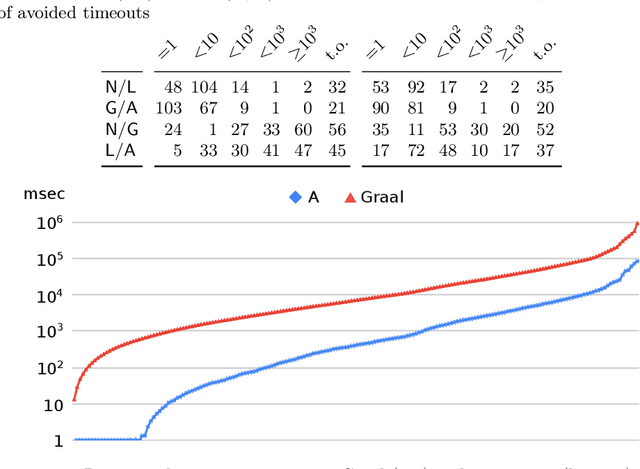Stephan Mennicke
A Farewell to Harms: Risk Management for Medical Devices via the Riskman Ontology & Shapes
May 22, 2024Abstract:We introduce the Riskman ontology & shapes for representing and analysing information about risk management for medical devices. Risk management is concerned with taking necessary precautions so a medical device does not cause harms for users or the environment. To date, risk management documentation is submitted to notified bodies (for certification) in the form of semi-structured natural language text. We propose to use classes from the Riskman ontology to logically model risk management documentation and to use the included SHACL constraints to check for syntactic completeness and conformity to relevant standards. In particular, the ontology is modelled after ISO 14971 and the recently published VDE Spec 90025. Our proposed methodology has the potential to save many person-hours for both manufacturers (when creating risk management documentation) as well as notified bodies (when assessing submitted applications for certification), and thus offers considerable benefits for healthcare and, by extension, society as a whole.
Risk Management for Medical Devices via the Riskman Ontology & Shapes
May 16, 2024Abstract:We introduce the Riskman ontology & shapes for representing and analysing information about risk management for medical devices. Risk management is concerned with taking necessary precautions so a medical device does not cause harms for users or the environment. To date, risk management documentation is submitted to notified bodies (for certification) in the form of semi-structured natural language text. We propose to use classes from the Riskman ontology to logically model risk management documentation and to use the included SHACL constraints to check for syntactic completeness and conformity to relevant standards. In particular, the ontology is modelled after ISO 14971 and the recently published VDE Spec 90025. Our proposed methodology has the potential to save many person-hours for both manufacturers (when creating risk management documentation) as well as notified bodies (when assessing submitted applications for certification), and thus offers considerable benefits for healthcare and, by extension, society as a whole.
Notation3 as an Existential Rule Language
Aug 10, 2023Abstract:Notation3 Logic (\nthree) is an extension of RDF that allows the user to write rules introducing new blank nodes to RDF graphs. Many applications (e.g., ontology mapping) rely on this feature as blank nodes -- used directly or in auxiliary constructs -- are omnipresent on the Web. However, the number of fast \nthree reasoners covering this very important feature of the logic is rather limited. On the other hand, there are engines like VLog or Nemo which do not directly support Semantic Web rule formats but which are developed and optimized for very similar constructs: existential rules. In this paper, we investigate the relation between \nthree rules with blank nodes in their heads and existential rules. We identify a subset of \nthree which can be mapped directly to existential rules and define such a mapping preserving the equivalence of \nthree formulae. In order to also illustrate that in some cases \nthree reasoning could benefit from our translation, we then employ this mapping in an implementation to compare the performance of the \nthree reasoners EYE and cwm to VLog and Nemo on \nthree rules and their mapped counterparts. Our tests show that the existential rule reasoners perform particularly well for use cases containing many facts while especially the EYE reasoner is very fast when dealing with a high number of dependent rules. We thus provide a tool enabling the Semantic Web community to directly use existing and future existential rule reasoners and benefit from the findings of this active community.
Efficient Dependency Analysis for Rule-Based Ontologies
Jul 20, 2022
Abstract:Several types of dependencies have been proposed for the static analysis of existential rule ontologies, promising insights about computational properties and possible practical uses of a given set of rules, e.g., in ontology-based query answering. Unfortunately, these dependencies are rarely implemented, so their potential is hardly realised in practice. We focus on two kinds of rule dependencies -- positive reliances and restraints -- and design and implement optimised algorithms for their efficient computation. Experiments on real-world ontologies of up to more than 100,000 rules show the scalability of our approach, which lets us realise several previously proposed applications as practical case studies. In particular, we can analyse to what extent rule-based bottom-up approaches of reasoning can be guaranteed to yield redundancy-free "lean" knowledge graphs (so-called cores) on practical ontologies.
 Add to Chrome
Add to Chrome Add to Firefox
Add to Firefox Add to Edge
Add to Edge